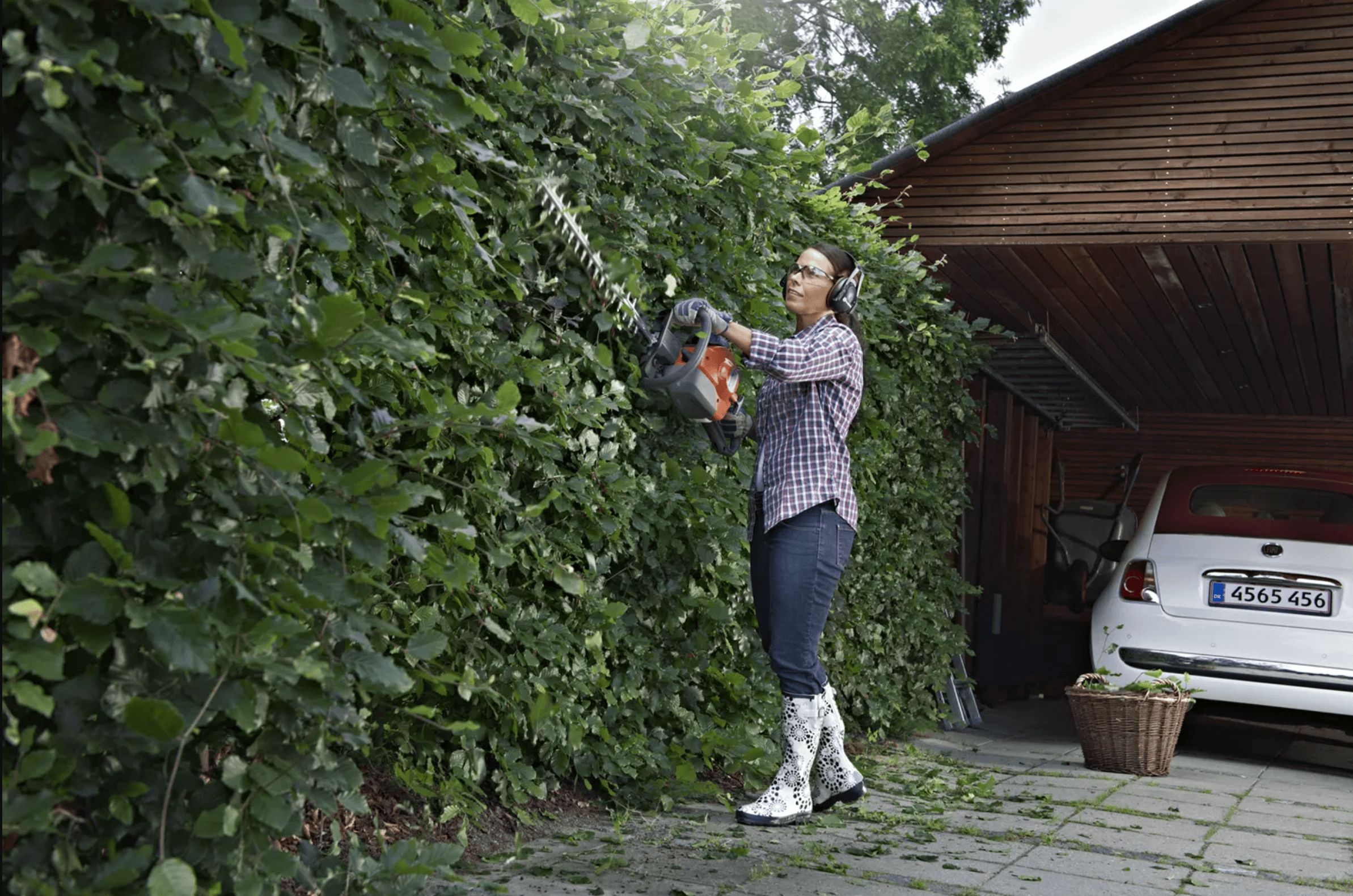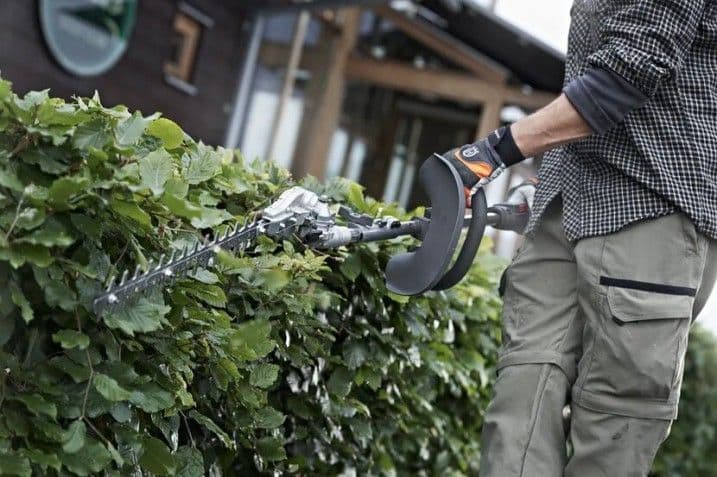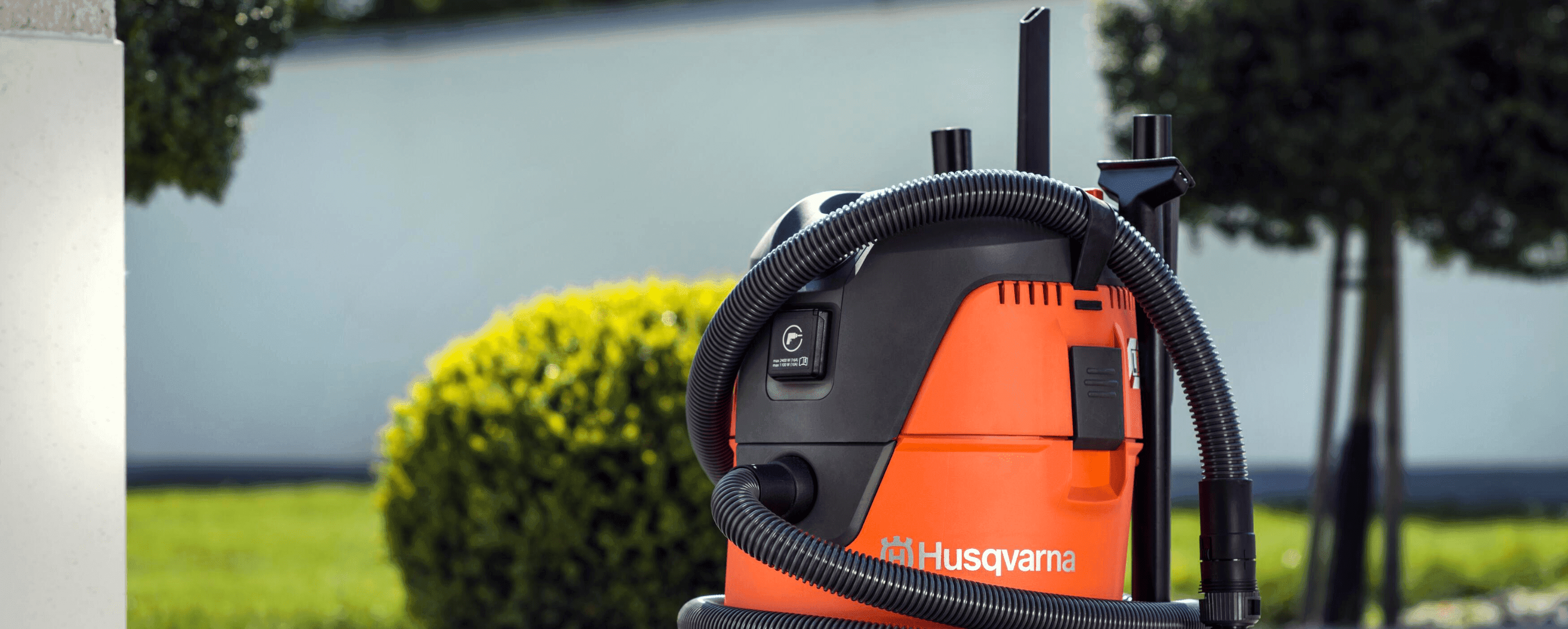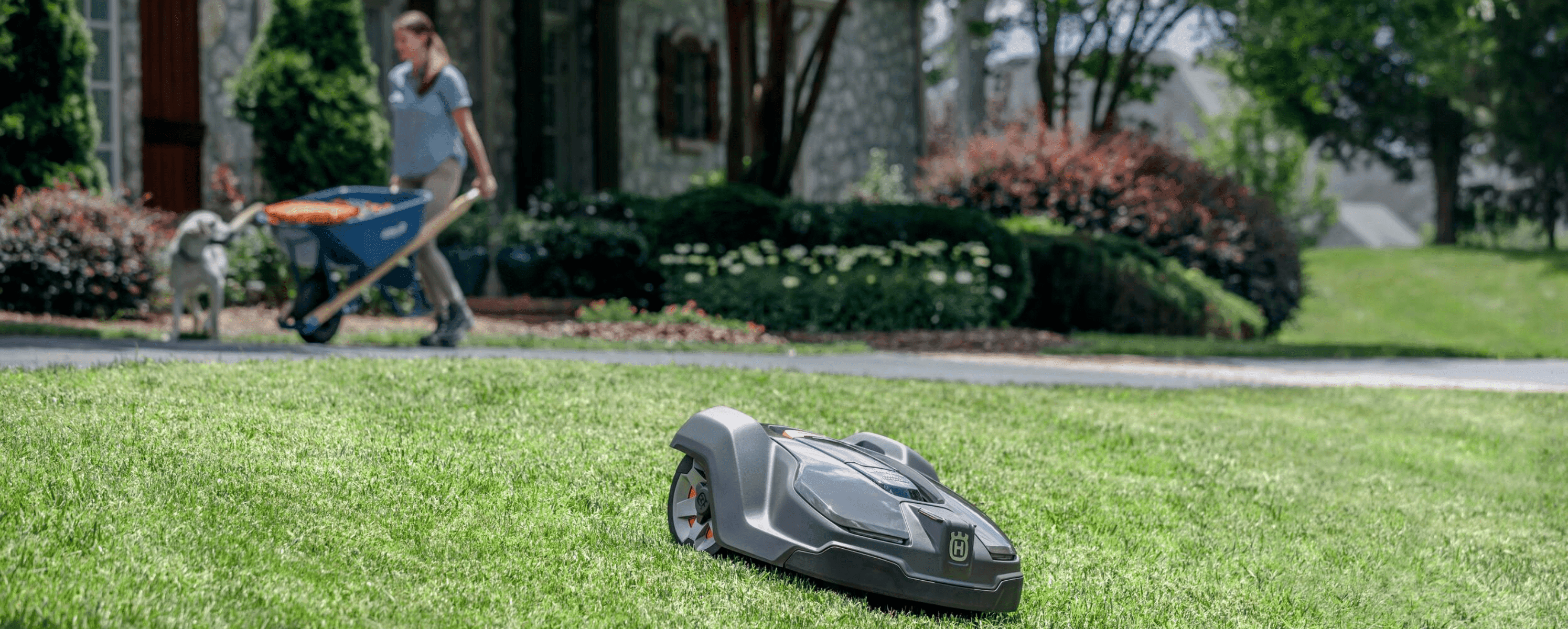
Low Maintenance Hedges | How To Keep Hedges Healthy Throughout The Year
Providing privacy from neighbours and protection from the elements, hedges are a beautiful way to create a natural green screen around your property. Coming in various forms such as borders, decorative, screening, formal and informal, low-maintenance hedges can add new dimensions to your outdoor spaces.
Whether you already have established hedges that you want to keep healthy or are considering planting new hedges in your garden, Rob Kerslake from Verduous Gardens has provided his professional insights for achieving your hedge goals - from choosing the perfect hedge trimmer to the best low-maintenance species and more.
With years of hands-on experience, here’s everything you need to know about growing and maintaining healthy hedges throughout the year.
Fast vs slow-growing hedges
When thinking about planting a hedge, many people want rapid and dense growth achieving maximum privacy in as little time as possible. While fast-growing hedges such as Syzygium Australe (Scrub Cherry) and Acmena Smithii Minor (Acmena) can provide growth of 1-2 metres a year, once established, that growth then needs to be constantly maintained.
While slower growing shrubs take longer to grow into well-established hedges, once they have, they are much easier to maintain in the long term. Regardless of the annual growth rate, the Husqvarna 122HD60 Hedge Trimmer makes keeping hedges in check a quick and easy task.
Best slow-growing hedge species
The best slow-growing hedge species will typically grow less than 50 cm per year and have compact growth that is easy to maintain. Some of the slowest growing shrubs used for hedging include Bay Laurel, Common Box and Indian Hawthorn. Below are six of the best slow-growing species to consider.
Common Australian hedge species
But not everyone wants to wait several years for their newly planted hedge to become established, which is where other moderate to fast-growth species shine. A moderate-growth species that can achieve heights of up to 1m per year is Acmena-Smithii-minor (Dwarf Lilly Pilly), which is surprisingly easy to maintain. Below are a few more varieties to consider:
Hedge maintenance
When trimming hedges, new growth is easier to remove than woody or established growth. Fast-growing hedges are typically seen as high-maintenance and may need to be hedged up to six times a year. Slow-growing hedges are often low-maintenance and may only need one or two trims a year. When it comes to plant health, Rob recommends that the best times to fertilise hedges are in Spring and Autumn to ensure nice lush and steady growth.
How to trim tall hedges
Beginning from the bottom of the hedge, sweep your hedge trimmer in an upward motion while applying gentle pressure. It’s considered safer to cut upwards than it is downwards. So, if you hit any snags, you will be moving away from the body and not toward your torso or legs.
Once you’ve trimmed the sides, level off the top of the hedge to a straight line, removing approximately half of the top growth.
Next, level off the bottom of the hedge in the same way to improve airflow, sunlight and water delivery to the roots. This also gives the hedge a beautiful, symmetrical finish.
The Husqvarna 520iHE3 Battery Pole Hedge Trimmer is ideal for tall and wide hedges, with up to 3.5m telescopic reach, remote angle adjustment, 55 cm cutting knives and quiet, low vibration, zero-emissions battery power.
Learn more about Trimming Tall & Wide Hedges.

How to trim mid-height hedges
- For hedges at, or taller than shoulder height, begin by trimming the top first. You can either start at the top or begin with the sides for hedges lower than this.
- If the top of the hedge is wide, a pole hedger, or hedge trimmer with larger knives will be easier to use - especially if the hedge is a boundary between two properties and you only have access to one side.
- Once the height of the hedge is satisfactory, work from the bottom of the hedge upwards to improve safety, creating flat sides and sharp angles where the side meets the top.
- Finally, give the base of the hedge a good trim to improve airflow, sunlight and water delivery to the roots and lower branches.
Learn more about how to trim hedges like a pro with the Professionals Guide to Hedge Trimming.
How often and when to trim an established hedge
To maintain the health of an established hedge, Rob recommends trimming after each flush of growth, cutting back to the point of the last cut. This will help the hedge retain density and shape without excessive growth thinning the inner hedge. It’s about finding that perfect balance between size and quality.
The best time to trim a hedge depends on the plant species and growing season. For most, this runs from spring to autumn, with the first trim being made after the first burst of new growth, then again toward the start of autumn. Fast-growing species such as Syzygium Australe will likely need trimming every month from late spring to mid-autumn, while slow-growing species such as Box will likely need just one trim toward the end of summer.

When to trim a new hedge
Oftentimes, people assume a new hedge shouldn’t be trimmed until it reaches a certain height or width. To achieve healthy growth that conforms to your desired shape and height, a little bit of formative pruning in the first couple of years goes a long way. To encourage the development of thick branches and a strong trunk, pruning back young growth will help. Once the new hedge is established, you will then need to move to annual maintenance.
The best direction and how much to cut
Rob points out that typically, most hedge growth occurs on the top third of the plant. This means that the upper hedge usually needs to be cut harder than the bottom to prevent it from becoming top-heavy. Sometimes it’s best to trim a hedge to an angle so the sun can reach the lower parts and maintain more even growth.
How much to remove when trimming will largely depend on the type of plants you have for your hedges and how established they are. A general rule of thumb is to trim a maximum of 20% of the hedge in any one session and no more than 30% of the hedge in any given season.
How to trim an overgrown hedge
When a hedge is overgrown to the point of becoming woody, straggly and full of gaps, a hard cut back can often help restore it back to its former glory. You’ll want to have some patience for this, but cutting it down to between 1m to 1.2m will encourage new stems to grow rapidly. These new stems can then be trimmed and pruned into shape as they grow.
Learn more about How to trim an Overgrown Hedge here.
Choosing the best hedge trimmer
Making the hedge the pride of your garden is easy when you have a Husqvarna Hedge Trimmer on your side. Choose between a range of battery and petrol hedge trimmers and pole trimmers, each offering maximum power, durability and versatility.
The Husqvarna battery series provides quiet, lightweight, high-performance hedge trimmers with zero direct emissions, low vibrations, and advanced 36v Li-ion battery power.
Whether you’re cutting, pruning or trimming, you’ll have the power you need to get the job done with easy to maintain garden tools. Buy online or visit your local Husqvarna dealer for more.

